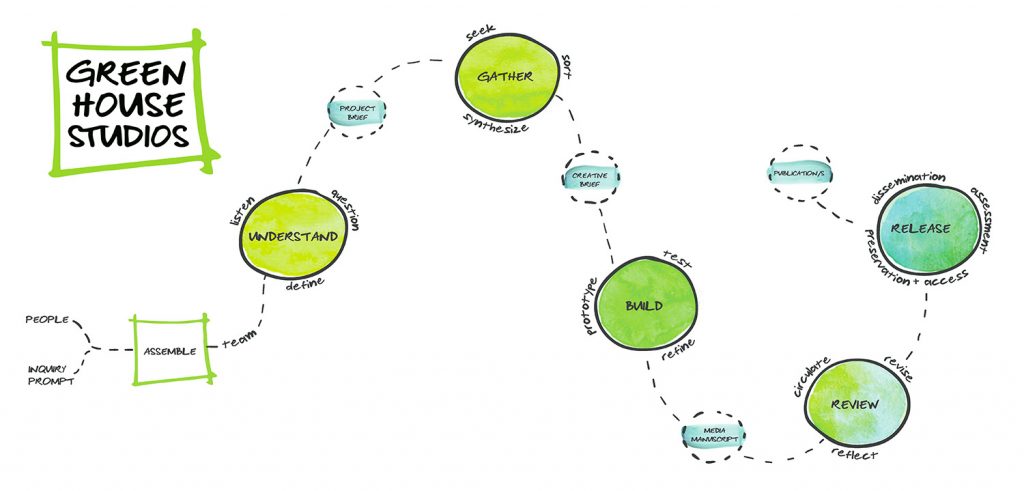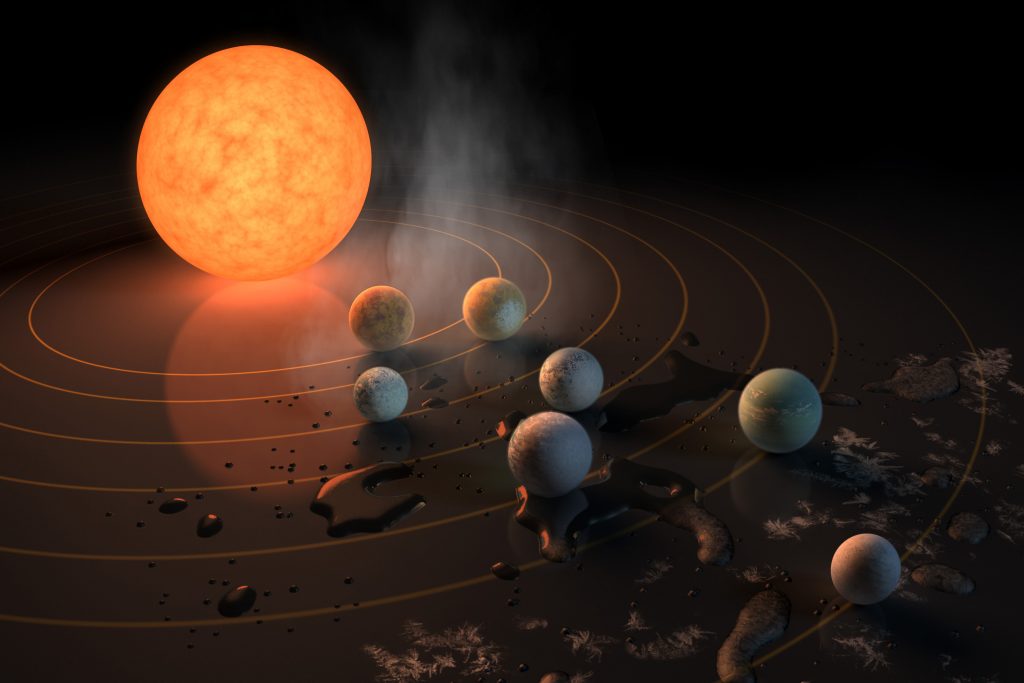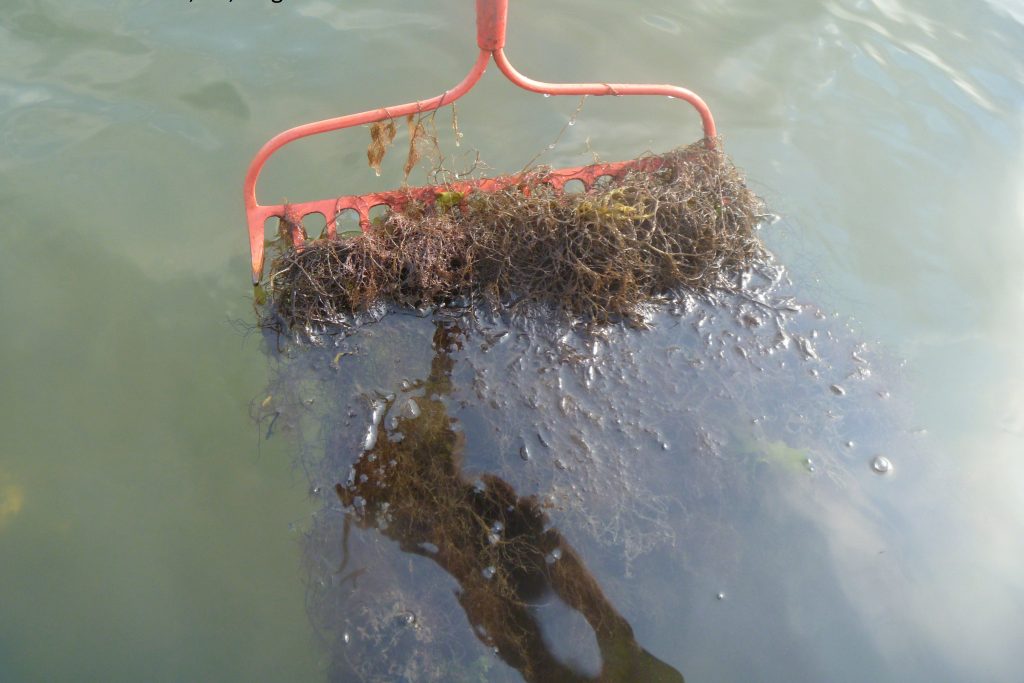College of Liberal Arts and Sciences
In Memoriam: Ralph Porter Collins, Emeritus Professor of Biology
Collins retired from UConn in 1989 as a full professor and head of the botony section.
March 13, 2017 | Bri Diaz
UConn Group to Spend Spring Break Assisting Asylum Applicants
A team led by UConn Law's Asylum and Human Rights Clinic will spend the break at a detention facility offering free legal help and social work assessments and support to female detainees from Central America.
March 8, 2017 | Tracy Gordon Fox
Weight-Based Stigma an Obstacle to Sustaining Weight Loss
A new study from the UConn Rudd Center suggests that internalized negative weight-based attitudes in particular undermine personal efforts to sustain weight loss.
March 7, 2017 | Daniel P. Jones, UConn Rudd Center
Op-ed: Are Puerto Ricans Really American Citizens?
With a plebiscite pending in June, political science professor Charles Venator-Santiago discusses the contradiction that while Puerto Ricans are officially U.S. citizens, the territory remains unincorporated.
March 3, 2017 | Charles R. Venator-Santiago, Department of Political Science & El Instituto
Over 200 Would-Be Entrepreneurs Seek Mentoring, Business Advice
More than 200 students attended the kickoff for UConn’s sixth annual Innovation Quest (iQ), hoping their dreams of creating a new business will come to fruition. The iQ program offers advice, encouragement and mentoring from experts in business incubation and strategy.
February 28, 2017 | Claire Hall
Greenhouse Studios’ First Projects Grapple with ‘The Limits of Text’
Greenhouse Studios, a new research unit at the University of Connecticut, is beginning implementation of a collaboration-first approach for the creation and communication of scholarship thanks to a $789,000 grant from the Andrew W. Mellon Foundation. This award is the first of its kind at UConn and part of the Mellon Foundation’s Scholarly Communications program, […]
February 28, 2017 | Ginger Jenne
The Seven New Planets Next Door
UConn astronomy experts discuss NASA's recent revelation that astronomers had discovered a nearby star with seven Earth-like planets, three of them potentially able to support life.
February 24, 2017 | Kim Krieger
Researcher Unveils Tool for Cleaner Long Island Sound
A UConn ecologist has identified specific sources of nitrogen pollution along Long Island Sound, and shows municipalities what they can do to alleviate it.
February 20, 2017 | Kim Krieger
Valentine’s Day: Chocolatier Speaks from the Heart
'The heart box will always rule the holiday,' says UConn alumna Karen Munson '86 (CLAS).
February 14, 2017 | Lisa Stiepock
Grants Target Broken Landscape of American Discourse
The research awards, ranging from $160,000 to $225,000, provide two-year fellowships for applying cutting-edge research to improving public discourse.
February 13, 2017 | Kenneth Best









